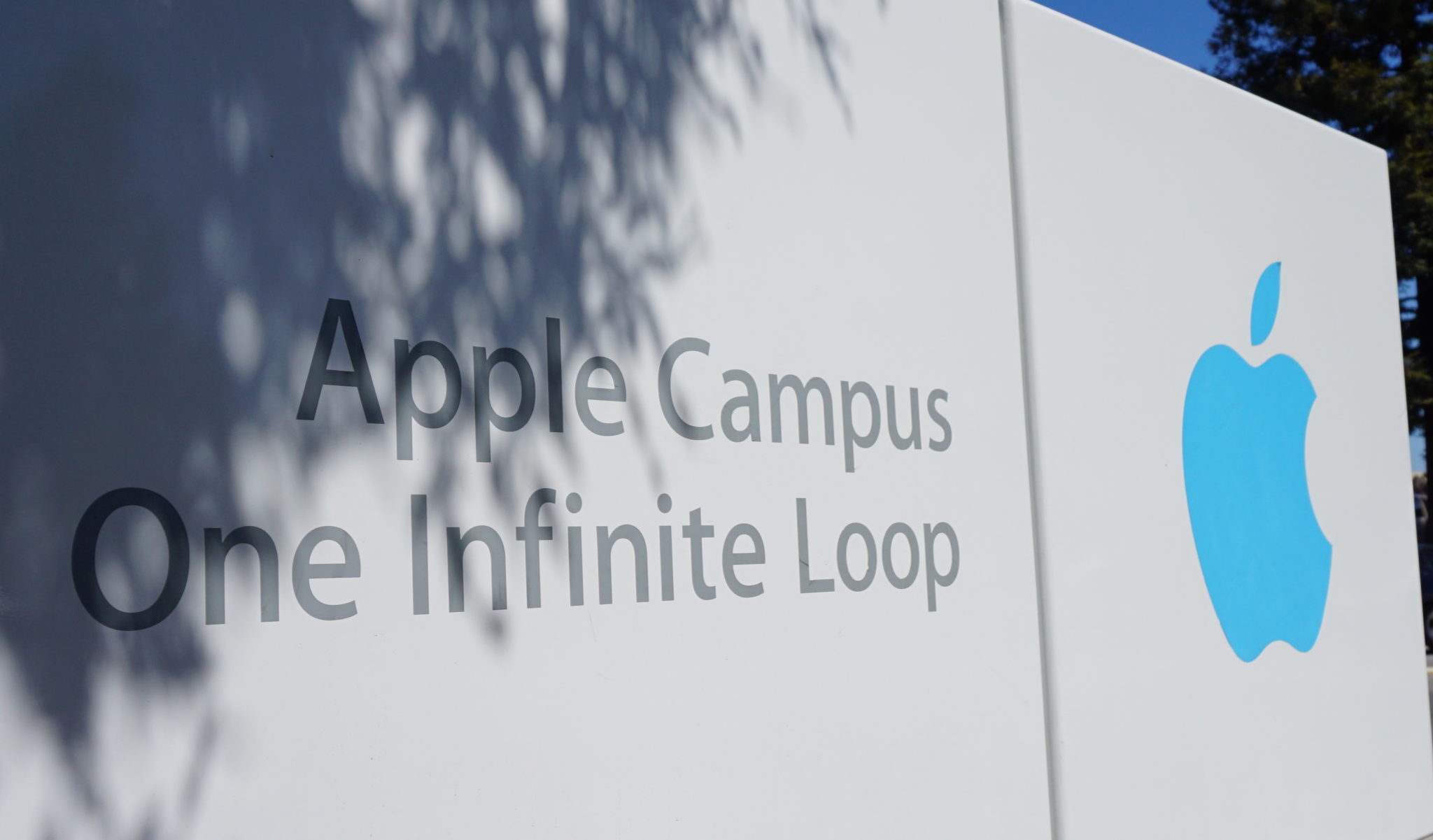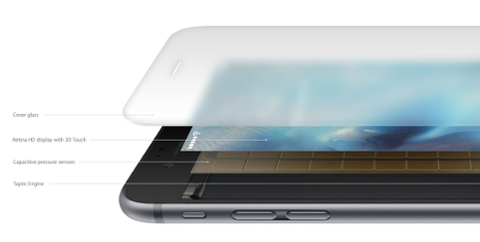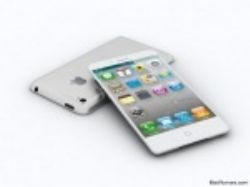[caption id="attachment_140295" align="aligncenter" width="3441"]

Apple campus in Cupertino.[/caption] After Apple’s latest earnings report, a JP Morgan analyst
said we’d see the next iPhone at WWDC. That’s a bold statement that seems radically out of line with Apple’s current tradition, but could there be good reason for the company to announce its new flagship at a developer’s conference? Rumors abound about Apple’s incoming phone. Most believe it will be a fairly robust, wholly re-imagined device with new features on both the hardware and software side. Here’s a quick rundown of the scuttlebutt so far:
- OLED display taking up the entire front of the device.
- Cameras in landscape arrangement instead of portrait.
- Wireless charging and a glass rear shell.
- Touch ID embedded in the screen, or sensor around back.
That rumor mill offers plenty of subtext. The OLED display may see a redesigned built-in 3D Touch module. But if integrating Touch ID into the screen turns out to be a pipe-dream for Apple, the sensor may move around to the rear of the case. In addition to a new sideways orientation, Apple’s dual-camera arrangement may gain better depth-sensing technology (and, some say, 3D imagery). These rumors are only for the top-end iPhone, which many are dubbing the ‘iPhone 8.’ A more standard, iterative iPhone 7S is also expected. [caption id="attachment_139792" align="aligncenter" width="2597"]

Apple WWDC 2015[/caption]
Why Would Apple Announce a Phone at WWDC?
That’s the million-dollar question, and there’s no good answer. The only
plausible explanation is
augmented reality (AR). Features such as Touch ID are accessed via an API, and altering the hardware won’t change how developers approach it. The same can be said for wireless charging; there’s just nothing urgent about it that would demand developer attention as soon as WWDC. An OLED screen would bring about some changes on the UI front, but it won’t represent a significant shift. But when we start thinking about OLED for AR, as well as changes to APIs for the cameras as a means to make AR possible for apps, we can see why Apple would speak about it at WWDC. It’s clear Apple sees AR as a path forward for iOS and the iPhone, but those are long-term aspirations. The company rarely tips its hat early, even when it's clear what direction the technology is moving. Early iPhone 6 Plus users remember how terrible apps looked on the larger screen due to legacy apps not implementing adaptive layout; Apple had sprung that change on the world without the proper tools ahead of time. Thus, the argument for a WWDC appearance is that Apple would rather avoid early stumbles out of the gate for its newest flagship device. AR is a big play for the company moving forward, so it’s also reasonable they’d want a legion of developers to be ready for what’s next. Apple has no existing AR tooling, but it would undoubtedly have some for developers when it’s ready to launch AR for iPhone. If it announces that at WWDC, it could be a precursor for showing the device off. The problem with that: you don’t need the new iPhone to experience AR on iOS. For example,
Houzz recently updated its app with AR functionality. The new cameras and screen on a flashy new iPhone may make better use of AR features, especially once Apple announces an ‘ARKit’ of some sort, but those hardware features aren’t necessary. Tim Cook
believes rumors about the next iPhone are hurting current iPhone sales. Even if you suspect Apple
just might preview an iPhone at WWDC, consider that the device
won’t be ready for months. Do you really believe Apple will purposefully shoot earnings in the foot for a few quarters? In fact, this new device may be
delayed until 2018, and the design isn’t believed to be finalized. Production hasn’t begun. It’s hard to present hardware that isn’t being made, and WWDC is not the ‘try out our hardware’ fest that Google I/O can become. WWDC is about developing apps and services for Apple’s platforms. While new phones are coming, along with AR, the two aren’t exclusively intertwined. ARKit may show up, and we may get some interesting new camera APIs, but that only means the next iPhone (and all future iOS devices) will support it.
 Apple campus in Cupertino.[/caption] After Apple’s latest earnings report, a JP Morgan analyst said we’d see the next iPhone at WWDC. That’s a bold statement that seems radically out of line with Apple’s current tradition, but could there be good reason for the company to announce its new flagship at a developer’s conference? Rumors abound about Apple’s incoming phone. Most believe it will be a fairly robust, wholly re-imagined device with new features on both the hardware and software side. Here’s a quick rundown of the scuttlebutt so far:
Apple campus in Cupertino.[/caption] After Apple’s latest earnings report, a JP Morgan analyst said we’d see the next iPhone at WWDC. That’s a bold statement that seems radically out of line with Apple’s current tradition, but could there be good reason for the company to announce its new flagship at a developer’s conference? Rumors abound about Apple’s incoming phone. Most believe it will be a fairly robust, wholly re-imagined device with new features on both the hardware and software side. Here’s a quick rundown of the scuttlebutt so far:
 Apple WWDC 2015[/caption]
Apple WWDC 2015[/caption]



